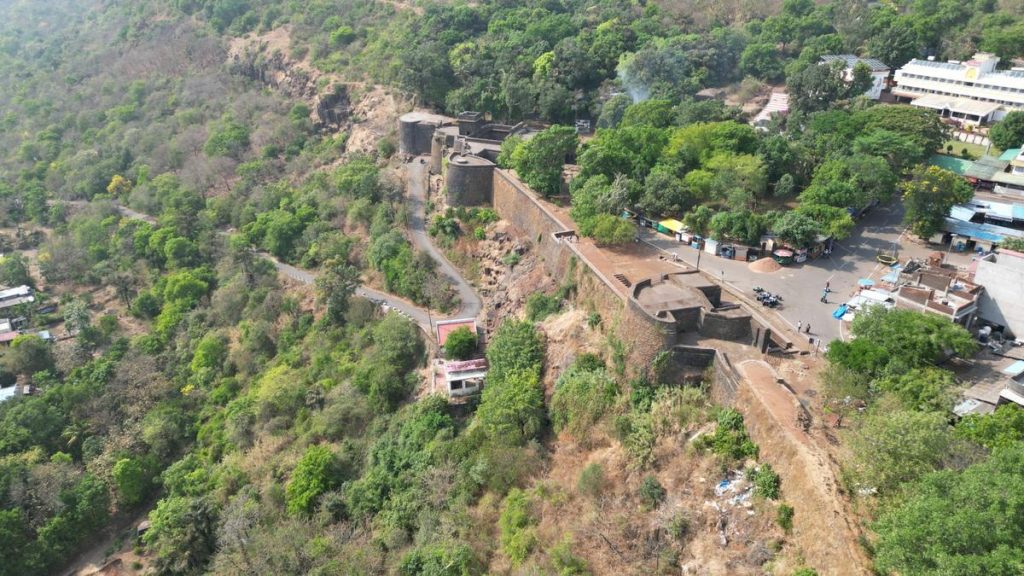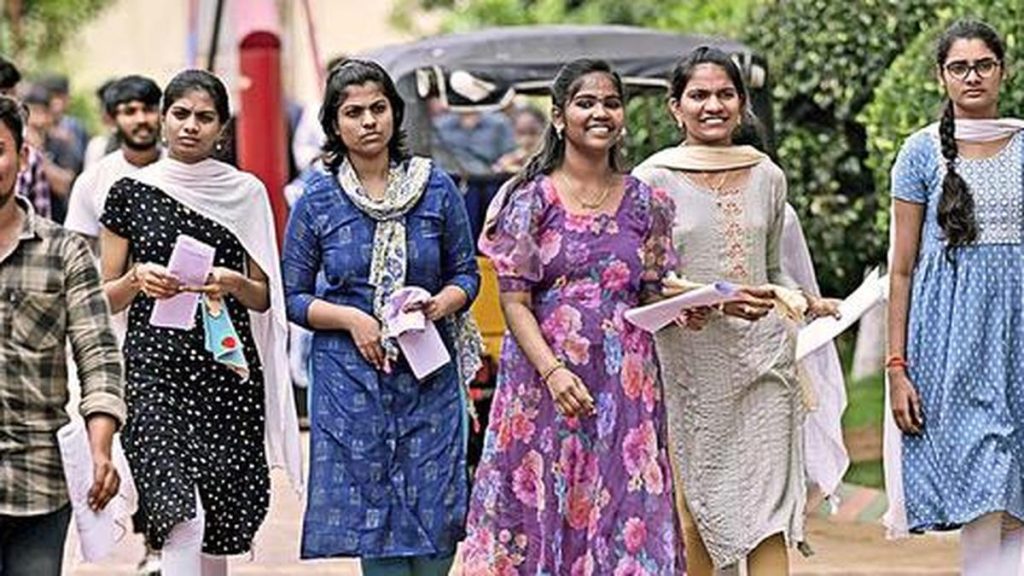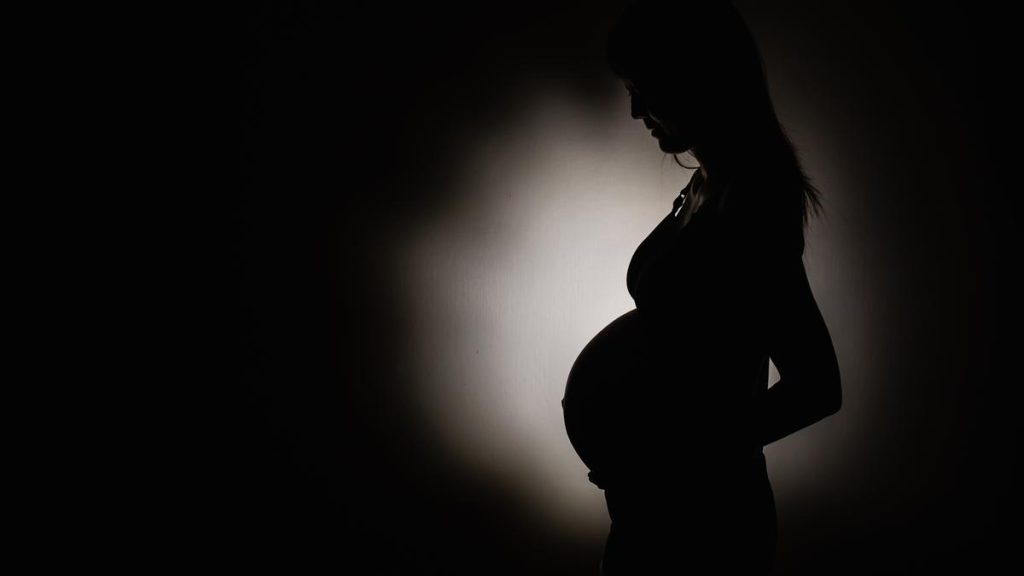Now Reading: TDP, BJP Leaders Urge CEO to Bolster Electoral Integrity
-
01
TDP, BJP Leaders Urge CEO to Bolster Electoral Integrity
TDP, BJP Leaders Urge CEO to Bolster Electoral Integrity
Speedy Summary
- TDP leaders, including Alapati Rajendra Prasad and others, submitted a memorandum to Chief Electoral Officer (CEO) Vivek Yadav at the Secretariat on July 24, 2025.
- The memorandum contained 13 suggestions aimed at strengthening the electoral process for free, fair, and clear elections.
- Key recommendations by TDP:
– Update voters’ list with information gathered about deaths from local bodies and address inconsistencies like the ‘zero door number’ system.
– Ensure families in shared premises vote at the same polling station.
– Use private premises such as schools for better Returning Officer amenities.
– Develop mechanisms using technology to delete duplicate votes.
– Provide additional time for voting if EVM malfunctions occur and increase party symbol size on VVPATs for better visibility.
– Increase youth participation through awareness programs on voter enrollment.
– Offer conveniences to elderly, differently-abled persons, and pregnant women during voting.
– conduct periodic photo revision programs.
- BJP delegation also met CEO Vivek Yadav with suggestions primarily focusing on:
– enhancing BLO training and monitoring with GIS tools for polling station rationalization.
– Implementing ERONet across districts along with real-time syncing of data related to deaths/migration records.
– Expanding SVEEP program initiatives in areas with low voter registrations.
Indian Opinion Analysis
The concerted efforts by both TDP and BJP delegations demonstrate a multi-party consensus regarding improving electoral processes in India’s democratic framework.Their proposals emphasize leveraging technology-such as GIS tools and data synchronization-to address long-standing issues like outdated voter rolls or duplicate entries. Recommendations geared toward ensuring inclusivity-like facilitating elderly or disabled voters-and increasing youth engagement reflect an intent towards making elections more participatory.
If implemented effectively, these reforms could considerably enhance election integrity while building citizen trust in democratic institutions. However, execution challenges remain critical-for example, ensuring adequate training of officials (BLOs) or adopting new methods without overburdening resources will require meticulous planning by the election Commission of India (ECI). The non-partisan nature of these requests is encouraging; it places focus squarely on operational improvements rather than political divides.
Read more: Link























